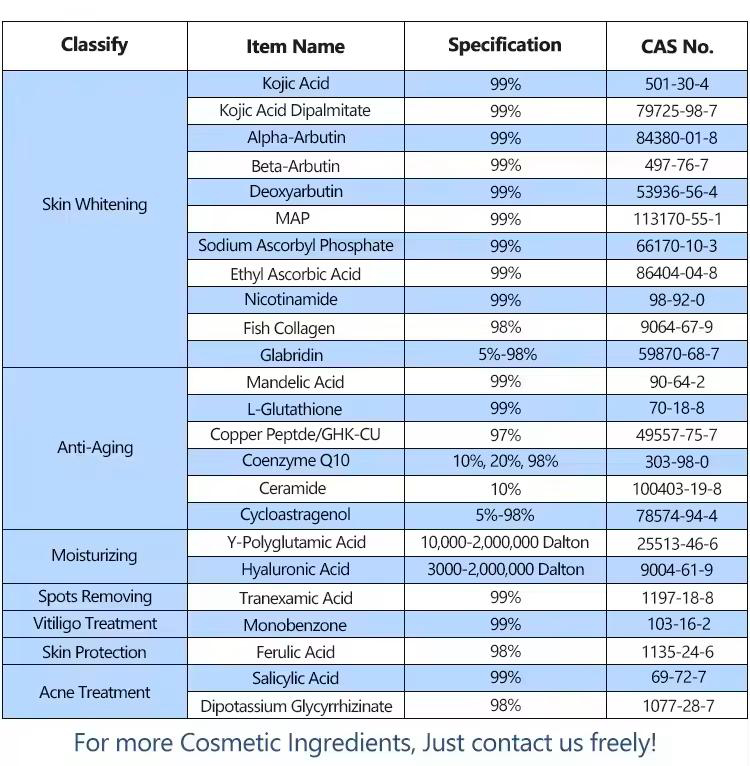Methylparaben is a type of paraben, commonly used as a preservative in cosmetics, personal care products, and pharmaceuticals. It has been extensively studied for its efficacy, safety, and potential health impacts. Here is a comprehensive overview of the research surrounding methylparaben:
Chemical Structure and Properties
Chemical Formula: C8H8O3
IUPAC Name: Methyl 4-hydroxybenzoate
Appearance: White, crystalline powder
Solubility: Soluble in alcohol, slightly soluble in water
Uses and Applications
Cosmetics: Used to prevent the growth of harmful bacteria and mold, extending product shelf life.
Pharmaceuticals: Included in medications to ensure they remain safe and effective over time.
Food: Occasionally used as a food preservative, though less common compared to other preservatives.

Efficacy as a Preservative
Antimicrobial Activity: Methylparaben is effective against a broad spectrum of microorganisms, including bacteria, yeasts, and molds. Its antimicrobial properties are enhanced when used in combination with other parabens.
Safety and Regulatory Status
FDA: Recognized as Generally Recognized As Safe (GRAS) for use in food, and approved for use in cosmetics and pharmaceuticals within certain concentration limits.
EU: Permitted in cosmetics with a maximum concentration of 0.4% (single ester) and 0.8% (mixture of esters).
Scientific Committees: The European Scientific Committee on Consumer Safety (SCCS) has evaluated methylparaben and concluded that it is safe for use within regulated limits.
Health Impacts and Controversies
Endocrine Disruption: Some studies suggest that parabens, including methylparaben, can mimic estrogen and potentially disrupt hormonal function. However, the concentrations at which these effects occur are significantly higher than typical consumer exposure.
Carcinogenicity: Research, including extensive reviews by regulatory bodies, has not found conclusive evidence linking methylparaben to cancer in humans. Animal studies have shown some adverse effects at very high doses, but these are not reflective of typical exposure levels.
Allergic Reactions: Methylparaben can cause allergic skin reactions in some individuals, particularly those with existing skin conditions.
Environmental Impact
Biodegradation: Methylparaben is considered to be biodegradable and does not persist significantly in the environment.
Aquatic Toxicity: Studies indicate that methylparaben can be toxic to aquatic organisms at high concentrations, leading to concerns about its impact on aquatic ecosystems.
Recent Research and Developments
Alternatives: Ongoing research is focused on finding alternative preservatives with lower potential health risks and environmental impact.
Detection Methods: Advances in analytical chemistry have improved the detection and quantification of methylparaben in various products and environmental samples, aiding in better monitoring and regulatory compliance.

Conclusion
Methylparaben remains a widely used and effective preservative in cosmetics, pharmaceuticals, and occasionally in food. While it has been the subject of controversy, extensive scientific research and regulatory reviews have generally concluded that it is safe for use within established limits. Ongoing research continues to evaluate its safety profile and environmental impact, as well as exploring potential alternatives.
For a more detailed exploration of specific studies and regulatory reports, you may refer to the following key sources:
U.S. Food and Drug Administration (FDA)
European Medicines Agency (EMA)
European Scientific Committee on Consumer Safety (SCCS)
Published peer-reviewed articles in journals such as Toxicology and Regulatory Toxicology and Pharmacology
